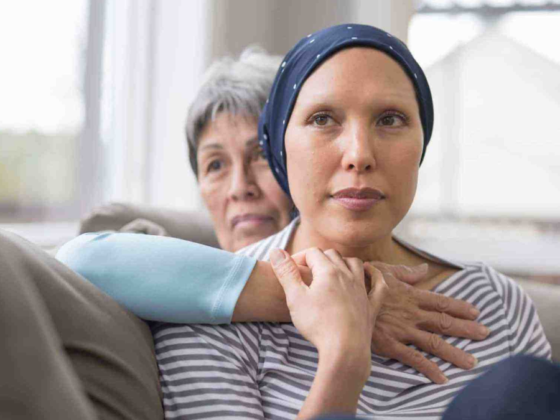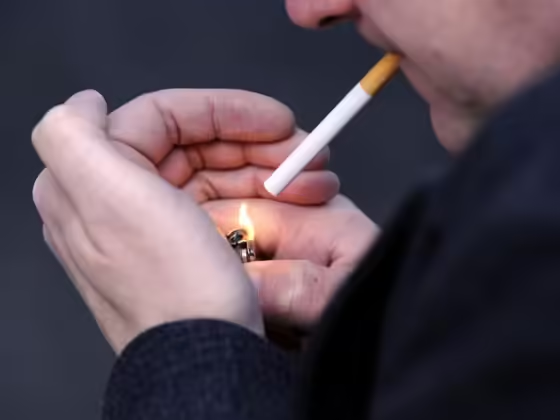As summer temperatures rise, lots of people venture outdoors into the sun. But spending too much time under its harsh rays can lead to sunburn. Dr. Sumit Gupta, Associate Consultant, Department of Dermatology, Sir Ganga Ram Hospital, describes sunburn as a skin reaction caused by ultraviolet rays from the sun.
“Sunburn occurs when the skin is exposed to too much sunlight or UV rays, which can happen even with brief exposure,” says Dr. Gupta. “People with fair skin are more prone to sunburn, and it can occur not just from direct sunlight but also from tanning beds or inadvertently prolonged exposure.”
Dr. Gupta emphasizes the importance of checking the UV index in weather reports before heading out. “If the UV index is high, it’s advisable to limit outdoor activities or use protective measures such as sunscreen, hats, and clothing to shield the skin,” he advises.
Symptoms of sunburn include red, inflamed skin that is tender to the touch. In severe cases, sunburn can cause blistering and even fever or fatigue if widespread. “Commonly affected areas include the face, neck, and shoulders, which are more exposed to direct sunlight,” notes Dr. Gupta.
For immediate relief, Dr. Gupta recommends starting with first aid measures. “Apply cold compresses or immerse the affected area in cold water to soothe the skin,” he suggests. “It’s important to avoid using home remedies like essential oils or aloe vera without medical guidance, as they can sometimes cause allergic reactions or worsen the burn.”
When sunburn is severe or covers a large area, Dr. Gupta advises seeking medical attention promptly. “Dermatologists can provide prescription medications to help heal and reduce inflammation,” he explains.
While going out in the sunny weather, taking preventive measures and prompt action in case of sunburn can ensure a safe summer experience.











